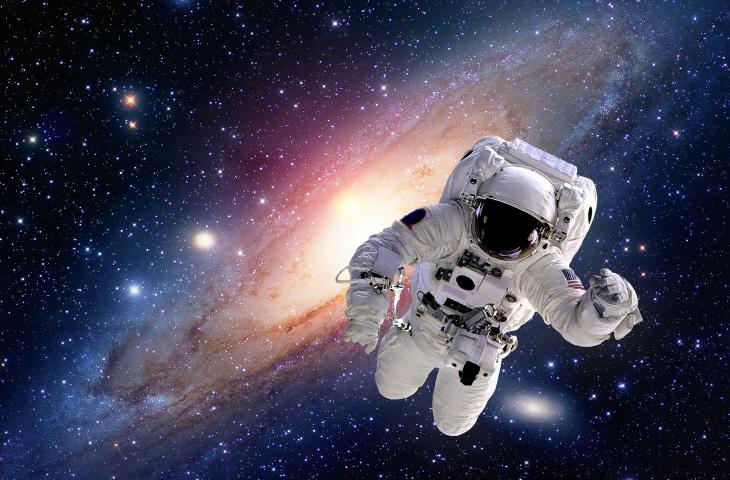MILAN – The journeys to Mars and deep space require technologies able to produce substances indispensable to life far from Earth.
The test has demonstrated that it is possible to obtain plastic from astronauts’ urine. On the basis of this, astronauts will follow the indication based on the recycling of any type of material, to the last molecule deriving from breathing or digestion.
This concept was reiterated in Washington during the 245th meeting of the American Chemical Society (ACS).
The objective could be reached thanks to the cooperation of microorganisms that would be put to work on board spaceships and within human settlements in space.
Recycling: a solution in space
A crucial factor to be kept in mind at the time of planning of missions is that of the mass of materials that will be launched into space.
To an increase in mass, in fact, also corresponds an increase in the fuel needed to obtain a thrust sufficient to escape Earth’s gravity.
It is therefore easy to imagine the benefits deriving from the integral recycling of all materials on board, including those that make up the human body.
According to Mark A. Blenner, associate professor of protein engineering with Clemson University and member of the team of researchers in Washington for the meeting, it is important that astronauts, who will need to remain away from Earth for years, learn to use everything, even at molecular level.
The team Blenner is part of is therefore trying to find a way to recover all waste material, to reuse molecules for the new purposes, such as the production of polyester and nutrients.
The studies on the production techniques of omega-3
Research is focusing on the techniques for the production of omega-3, a substance in the fatty acids family which plays a very important role in the working of the cardiovascular and nervous systems.
“Our research, added Blenner, has as its ultimate objective that of supplying astronauts with a sort of bioreactor to turn on and off at will”.
The hypothesised system could contain several strains of Yarrowia lipolytica, a yeast releasing omega-3 and polyester as by-products.
These microorganisms need both carbon and nitrogen to live. The first would come from human breathing that, as it is known, releases carbon dioxide, while the second would be extracted from urine which contains nitrogen in the form of urea.
by Valentina Izzo
September 19, 2017
credits: Fotolia











